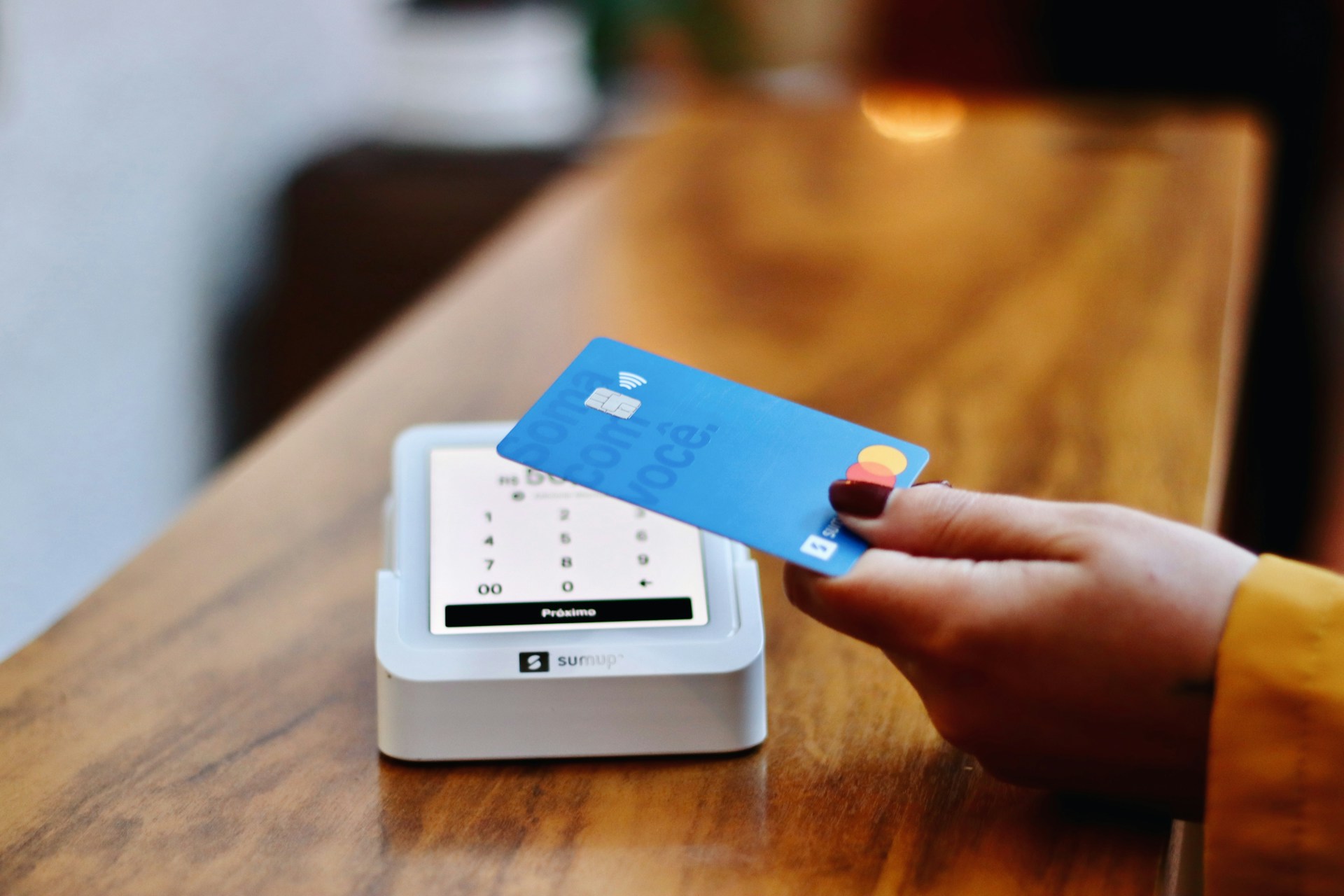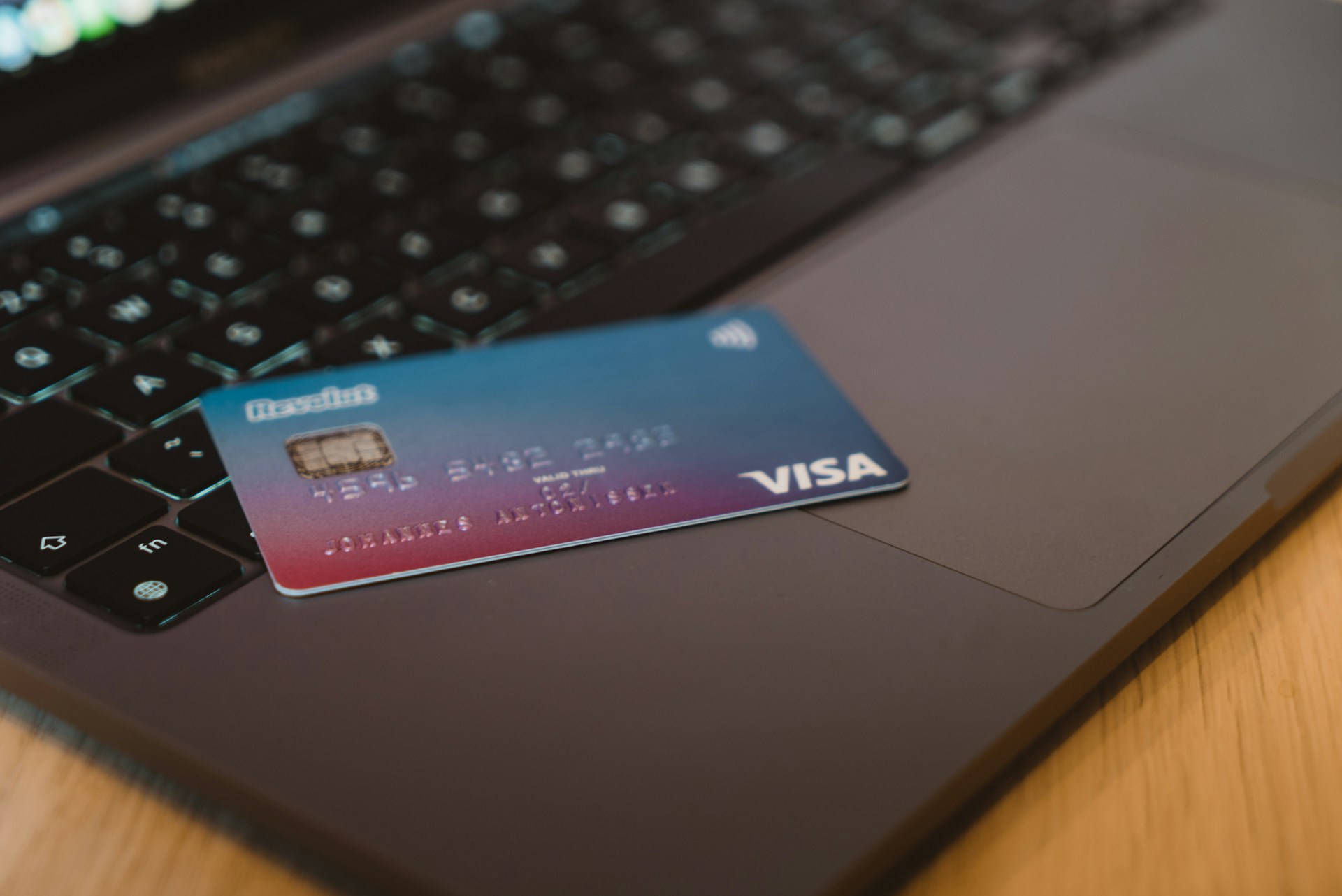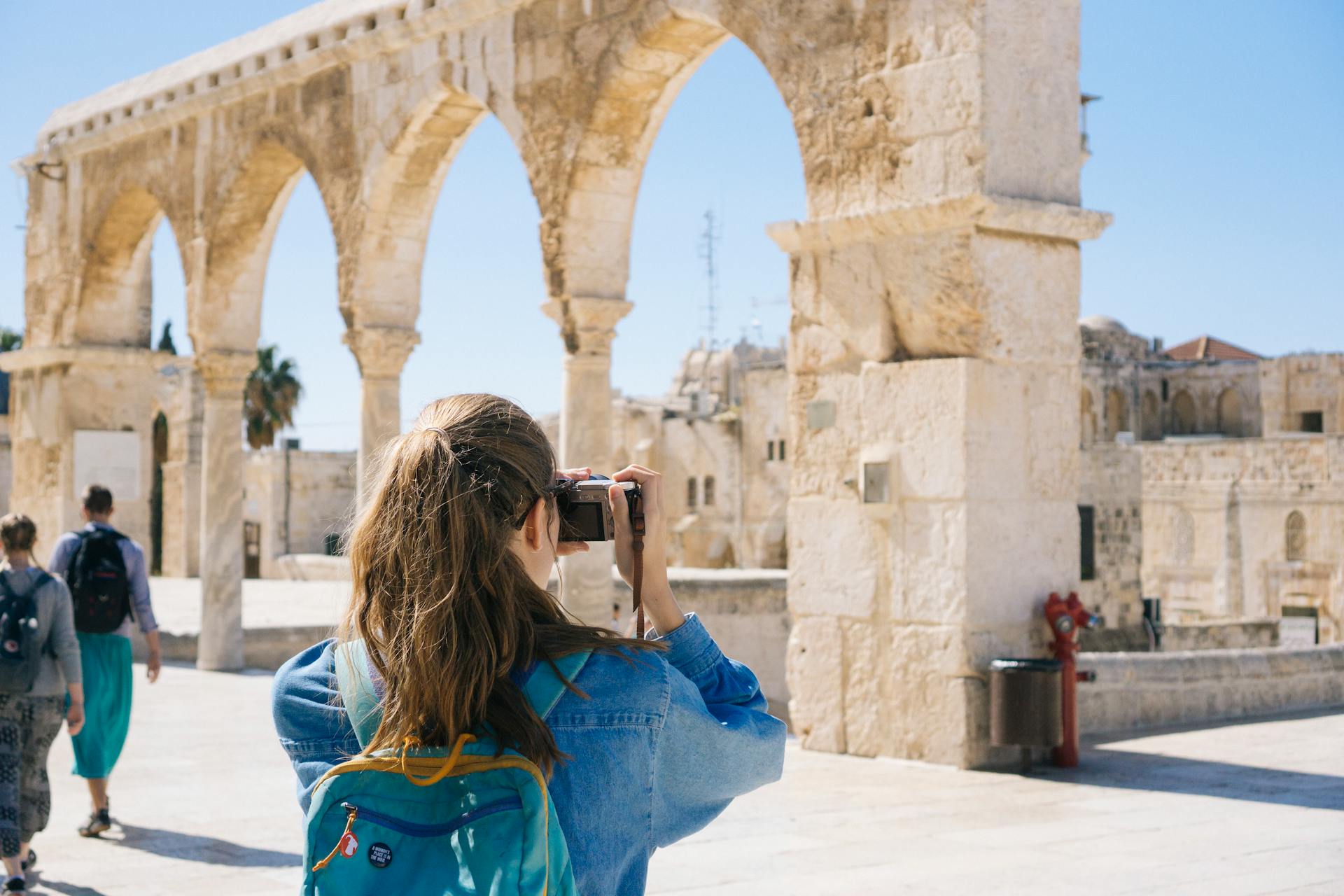Dreaming of that big American adventure but worried about racking up debt? You’re definitely not alone—almost a third of travelers expect to go into the red for their summer getaways. But honestly, it doesn’t have to be that way. With a little creativity and planning, you can explore the U.S. without maxing out your cards or draining your savings.
After years of trial and error (and a few close calls with my bank account), I’ve found 14 practical ways to fund your big trip—without the financial stress. Some ideas are classic, others are a bit outside the box, but all of them work if you commit.
Ready to dive in? Here’s how I make my travel dreams happen without sacrificing financial peace of mind.

Establishing Your Travel Fund
Everything starts with a solid plan and a little discipline. Setting up a financial foundation for your trip is easier than you might think. I always say: dream big, but save smart.
Setting Travel Goals and Priorities
First, jot down your dream destinations. Rank your top five—don’t worry if they seem out of reach at first. Then, dig into the real costs.
Look at both the obvious stuff (flights, hotels, food, activities) and those sneaky hidden expenses—insurance, airport parking, new luggage, pet sitters. Those little things add up fast.
Put together a realistic budget for each place. For example, a week in Hawaii could run $3,000-$5,000, while Europe might be $4,000-$7,000. It’s eye-opening, but necessary.
Once you pick your destination, set a travel date. That gives you a deadline and makes the whole thing feel real. Say your trip will cost $4,800 and you’ve got 12 months; you’ll need to save $400 a month. Suddenly, it’s just another bill to pay.
Make travel your top priority—at least for now. When you really want something, skipping that daily latte or impulse Amazon buy feels a lot easier.

Opening a Dedicated Savings Account
Open a new savings account just for travel. Keeping your trip money separate helps you avoid dipping into it for other stuff.
I always look for high-yield accounts—those 4-5% interest rates add up. Online banks usually beat traditional ones here.
Look for features like:
- No monthly fees
- High interest rates
- Easy online access
- No minimum balance
Give your account a fun name like “Hawaii 2026” or “Epic Road Trip Fund.” It’s silly, but it works. Every time you check your balance, you’ll remember what you’re working toward.
If you want extra discipline, use a different bank than your main checking account. That extra step makes it harder to impulse-spend your travel cash.

Automating Deposits for Consistent Savings
Set up automatic transfers from your checking to your travel fund right after payday. Treat it like rent or a utility bill—non-negotiable.
Start small if you need to—$50 a month is better than nothing. You can always bump it up later.
Try these automation tricks:
- Weekly $25 transfers instead of a lump sum
- Transfers on payday before you spend elsewhere
- Move a set percentage (like 10%) of each paycheck
Most banks have apps that make this super easy. Just a few taps and you’re set.
I also love round-up programs. Every time you buy something, your bank rounds up the purchase and throws the change into your travel fund. It’s painless, and I’ve saved an extra $20-$50 a month this way.

Smart Budget Travel Strategies
Budget travel isn’t about deprivation—it’s about making your money go further. Planning ahead and being flexible can slash your costs by half compared to peak season splurges.
Creating a Realistic Trip Budget
I break my travel budget into four buckets: transportation, lodging, food, and activities. That way, I know exactly where my money’s going.
Transportation usually eats up 25-40% of my total. That includes flights, airport transfers, buses, and the occasional rental car.
Accommodation is next—20-35%. Don’t forget about sneaky resort fees or taxes.
Food runs 15-25%. I mix up restaurant meals and grocery runs to keep things interesting (and affordable).
Everything else—activities, tours, souvenirs, emergencies—takes the last 15-25%.
I use budget apps to set spending limits for each category. The alerts keep me honest when I’m tempted to splurge.
Before booking, I check recent reviews and forums for real prices. Old travel guides are almost always off.

Optimizing Destinations and Timing for Savings
Traveling off-season is my secret weapon. Winter in Europe? Way cheaper than summer. I’ve saved 40-60% just by shifting my dates.
Sometimes, I swap destinations entirely. Thailand or Vietnam can offer the same beach vibes as Bali, but at a fraction of the cost.
Some timing tricks that work for me:
- Book domestic flights 6-8 weeks out
- Go international? Book 2-3 months ahead
- Fly midweek—Tuesdays to Thursdays are almost always cheaper
- Dodge holidays and school breaks
I swear by Google Flights and Skyscanner for price tracking. They’ll show you the cheapest months for your dream spot.
For hotels, I always scan a few booking sites and double-check for hidden fees. Sometimes booking direct gets me a better deal.
Traveling with friends or family can help too. Splitting the cost of a rental car or vacation home saves everyone money.

Tracking and Managing On-Trip Expenses
I track every dollar I spend on the road, either with an app or just a notebook. It sounds tedious, but it’s the only way I stay on budget.
I set a daily spending limit—just divide your total budget by the number of days. If I go over one day, I tighten up the next.
My go-to tips:
- Snap photos of receipts for easy tracking
- Record expenses in both local currency and USD
- Check your account balances each night
- Use cash for small buys to avoid overspending
Always carry a backup card and stash some emergency cash where you won’t accidentally spend it.
Public transit is usually a steal compared to taxis or Ubers. I research bus and train options before I go.
Free stuff—like hiking, local parks, or wandering through markets—stretches my entertainment budget and usually leads to the best stories.

Creative Funding Methods
You don’t have to rely on savings alone. With a little hustle and creativity, you can turn stuff you already have into travel money.
Leveraging Crowdfunding Platforms
Crowdfunding isn’t just for startups or emergencies. If you’ve got a compelling reason to travel—studying, volunteering, or chasing a lifelong dream—platforms like GoFundMe or Kickstarter can help.
Build a campaign that tells your story. Why does this trip matter? People want to help if they feel connected to your journey.
Set a realistic goal—most successful campaigns raise $1,000 to $5,000. Break down your needs: flights, housing, food, emergencies.
Share your campaign everywhere. Post daily updates with photos or videos. Offer little thank-yous, like postcards from your travels.
Reach out to local media, too. Sometimes a newspaper story or blog post brings in more donors than all your social posts combined.

Selling Unused Items for Extra Cash
Chances are, you’ve got at least a few hundred bucks’ worth of stuff collecting dust. I’ve funded entire trips just by decluttering.
Start with the big-ticket items:
- Electronics (old phones, tablets, game consoles)
- Designer clothes and shoes
- Jewelry and watches
- Exercise gear
- Musical instruments
List things on different platforms—Facebook Marketplace for furniture, eBay for collectibles, Poshmark for clothes.
Take clear photos and be honest about any flaws. Price items at 60-70% of retail if you want them gone fast.
If you’ve got lots of little stuff, host a garage sale. Price to sell, not to maximize profit. The goal is cash for your trip, not a second job.

Trading Skills or Services for Support
Got a skill? Turn it into travel money. I’ve pet-sat, tutored, and even designed websites to fund adventures.
Some ideas:
- Pet sitting (Rover or Wag)
- House cleaning
- Tutoring or language lessons
- Graphic design or web work
- Event photography
Check local rates—pet sitting can pay $25-50 a day, tutoring $15-40 an hour.
Sign up for platforms like TaskRabbit, Fiverr, or Upwork. Start with lower prices to build reviews, then raise your rates.
Offer package deals for regular clients—maybe $200 for a month of pet care instead of $50 per visit. Consistency is key.
Keep all your side hustle earnings in a separate account. Watching that balance grow keeps you motivated.

Maximizing Rewards and Perks
If you play your cards right—literally—rewards programs and workplace perks can cover a huge chunk of your trip.
Using Credit Card Points and Miles
Start with sign-up bonuses. The best travel cards offer 50,000 to 80,000 bonus points if you meet minimum spending. That’s $750-$1,200 in flights or hotels.
I like American Airlines AAdvantage cards for their perks:
- 2x miles on dining and gas
- 2x on AA purchases
- 1x on everything else
Redeem points for business class flights when you can. A New York to London business ticket might run 57,500 miles—saving you over $3,000. Not bad for a few months of strategic spending.
Shop through airline portals to earn extra miles on stuff you’d buy anyway. The AAdvantage portal offers up to 10 miles per dollar at tons of stores.
Dining programs are another easy win. Register your card, eat at partner restaurants, and rack up 1-5 miles per dollar.
Stack your rewards—use your travel card at partner restaurants accessed through the portal for double-dipping.

Applying for Scholarships and Grants
Travel scholarships aren’t just for college kids. Loads of organizations fund cultural exchanges, volunteering, and even professional development abroad.
Rotary Foundation grants, for example, can cover flights and housing for youth exchanges. Local Rotary clubs sometimes sponsor individuals, too.
Professional associations in your field often offer travel grants for conferences or research. I check with mine every year.
Cultural groups—like Italian-American clubs or German societies—sometimes fund trips to ancestral countries. Even religious organizations sponsor pilgrimage or mission travel.
Apply to several at once. Most require a short essay about your plans and what you hope to gain.
Here’s a tip: University alumni associations sometimes offer travel grants to grads, no matter how long it’s been since you graduated.

Accessing Workplace Travel Benefits
Don’t overlook your job—employers sometimes offer perks you can use for personal travel.
Some companies let you book hotels or rental cars at their negotiated rates, even for vacations. Ask HR if that’s an option.
Flexible spending accounts sometimes cover travel for medical appointments abroad. It’s a niche perk, but worth checking if you have a big trip planned.
Employee assistance programs might offer travel planning help or emergency funds for family situations.
A few places offer sabbaticals after a certain number of years—extra time off, sometimes with partial pay. That’s a dream for long-term travelers.
See if your employer partners with airlines or hotel chains for discounts. Union members often get access to group rates and travel deals for their families, too.

Redeeming Special Promotions and Discounts
I’m always on the lookout for airline and hotel promotions—sometimes the deals really surprise me.
Flash sales from big airlines can knock 30-50% off international routes. I’ve signed up for airline newsletters and, honestly, following their social media is the only way I catch those limited-time offers before they disappear.
Hotel loyalty programs are a bit of a game. If you stick with one chain, you’ll rack up free nights faster. I try to focus my bookings to hit elite status sooner rather than later.
Off-season promotions are where I find the best value. European hotels, for example, drop prices in the winter. Meanwhile, tropical spots usually slash their rates during the summer lull. It’s kind of wild how much you can save just by shifting your dates.
Sometimes, airlines post mistake fares—yep, those accidental super-low prices. Sites like Secret Flying will tip you off if you’re quick. I’ve scored some ridiculous deals this way, but you have to act fast.
Package deals that bundle flights and hotels? They often come out cheaper than booking separately. I always compare bundles with individual prices just to be sure I’m not missing out.
Student and senior discounts aren’t always strict about age or status. Plenty of attractions and transport services offer these reductions, and sometimes they don’t even check your ID.
If you’re traveling with a group—say, 10 or more—group discounts can kick in. I’ve coordinated with friends or even joined travel groups to unlock these lower rates.

Alternative Cost-Cutting Approaches
You can cut your travel expenses by 30-50% if you’re clever about timing and spending. I’ve learned to focus on the big-ticket costs, so I don’t have to sacrifice the actual experience.
Traveling Off-Season or Off-Peak
Traveling in the off-season? That’s where the serious savings are. I’ve watched airfare drop by 40% just by avoiding the peak summer months and major holidays.
Peak seasons to avoid:
- Summer (June-August) in most places
- Christmas and New Year’s
- Spring break
- Big local festivals or events
Best off-peak times:
- Fall: September through November (skip the holidays)
- Winter: January to March, if the weather works for you
- Shoulder seasons: Late spring and early fall are usually sweet spots
Check the weather before you book. Some destinations have off-peak seasons for a reason—hurricanes or sweltering heat can catch you off guard.
Try booking flights for a Tuesday or Wednesday. I’ve noticed these midweek departures often cost 15-20% less than weekend flights.

Saving on Accommodation and Transportation
Accommodation can eat up a quarter of your travel budget, sometimes more. Transportation isn’t far behind.
Accommodation savings:
- Stay with friends or family if you can swing it
- Book vacation rentals for longer trips—they’re usually more affordable than hotels
- Pick hotels a bit outside the city center and hop on public transit
- Properties with kitchens help you skip expensive restaurant meals
Transportation cuts:
- For domestic flights, book 6-8 weeks ahead
- Budget airlines are great for short hops
- Overnight buses or trains double as transportation and a place to sleep
- Only rent a car when you truly need it
I always compare prices across at least three booking sites before I commit. You’d be amazed at the price differences.

Cutting Daily Spending With Frugal Habits
Daily expenses sneak up on you when you’re traveling on a budget. Seriously, it’s wild how fast the little things add up. But with a few tweaks, you can save a surprising amount—even in just a week.
Food and drink savings:
- I always pack snacks and a refillable water bottle. You’ll thank yourself when hunger strikes on a long train ride.
- Grab lunch at restaurants, but hit grocery stores for dinner. It’s cheaper and honestly, sometimes you just want to crash with a sandwich.
- If you can, pick places to stay that include breakfast. Waking up to free coffee and croissants? Yes, please.
- Buy alcohol from grocery stores instead of bars. It’s way less expensive, and you can sip something local on a park bench.
Activity cost cuts:
- Before I go anywhere, I check out free walking tours and museum days. You get a real feel for the city without spending much.
- City tourism cards can be a game changer if you want to see a bunch of attractions.
- Book activities straight from the source—not through hotels. You’ll usually get a better price.
- Traveling with friends? Group discounts are everywhere if you ask.
Daily spending tricks:
- I like to withdraw cash once a week. Having physical money in your pocket makes you think twice before splurging.
- Use one credit card for all your expenses. It’s easier to keep track that way.
- Decide on a daily spending limit and actually stick to it. It’s tough, but it works.
- Pick destinations where your money stretches further. Some places just offer more bang for your buck.
I always carry cash for most purchases. There’s something about handing over bills that really makes you notice what you’re spending. Cards make it too easy to lose track.

